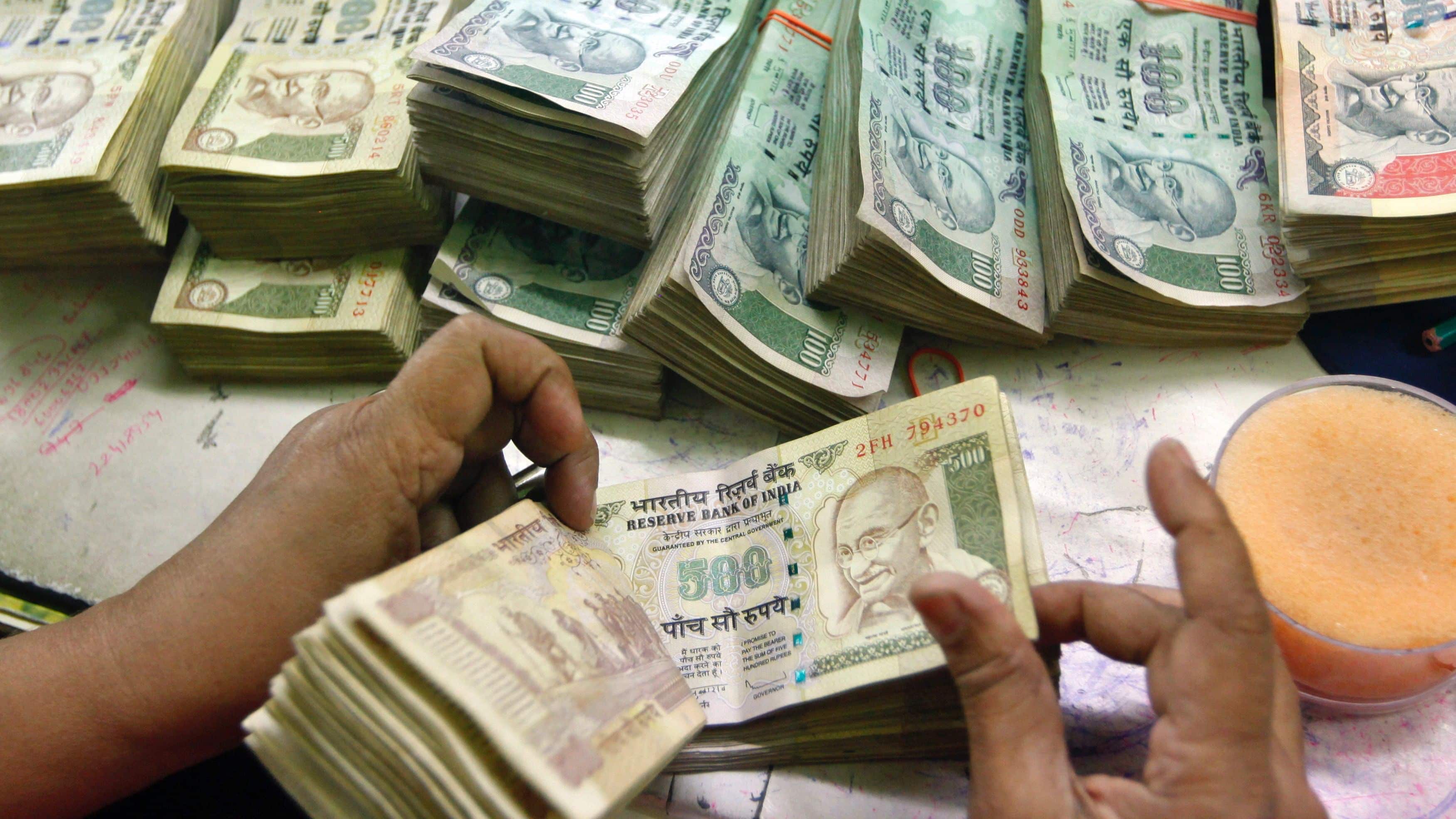
How can changing 500 and 1000 rupee notes end the black money in India?

Changing the 500 and 1000 rupee notes in India was intended to end black money by making it difficult for individuals to hoard large sums of cash, which was believed to be a primary means of storing illicit wealth. However, this strategy had several flaws and ultimately failed to achieve its objectives:
-
Assumption about Black Money Storage: The government assumed that a significant portion of black money was stored in cash. However, studies and data suggest that only a small percentage (about 6%) of black money is held in cash, with the majority being invested in assets like real estate, jewelry, and foreign currencies13.
-
Immediate Introduction of New High-Denomination Notes: The introduction of the new ₹2,000 note shortly after demonetization undermined the purpose of removing high-denomination notes, as it allowed individuals to continue hoarding large sums of cash2.
-
Deposits into Banking System: Almost 99% of the demonetized currency was deposited back into the banking system, indicating that most of the money was not black money but legitimate savings or income14. This high return rate suggests that the strategy did not effectively target black money.
-
Evasion Techniques: Individuals found ways to circumvent the restrictions by using multiple transactions, converting cash into other assets like gold, or using loopholes in the system to launder money1.
In summary, changing the 500 and 1000 rupee notes did not effectively end black money in India because it did not address the primary forms in which black money is held, and it allowed for easy circumvention of the restrictions.